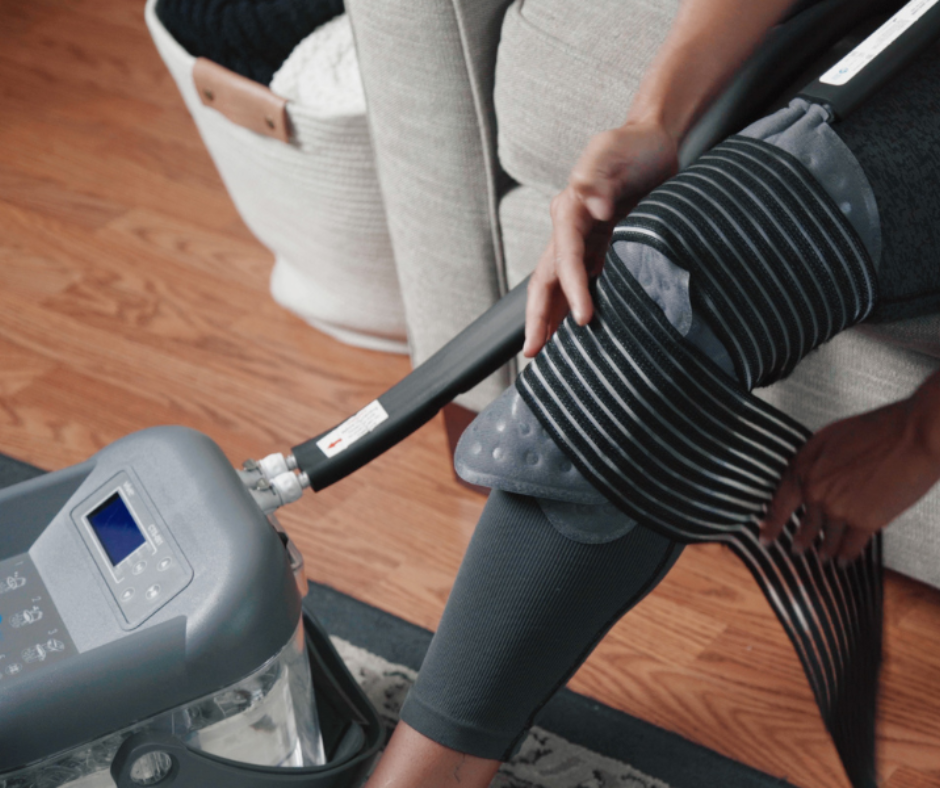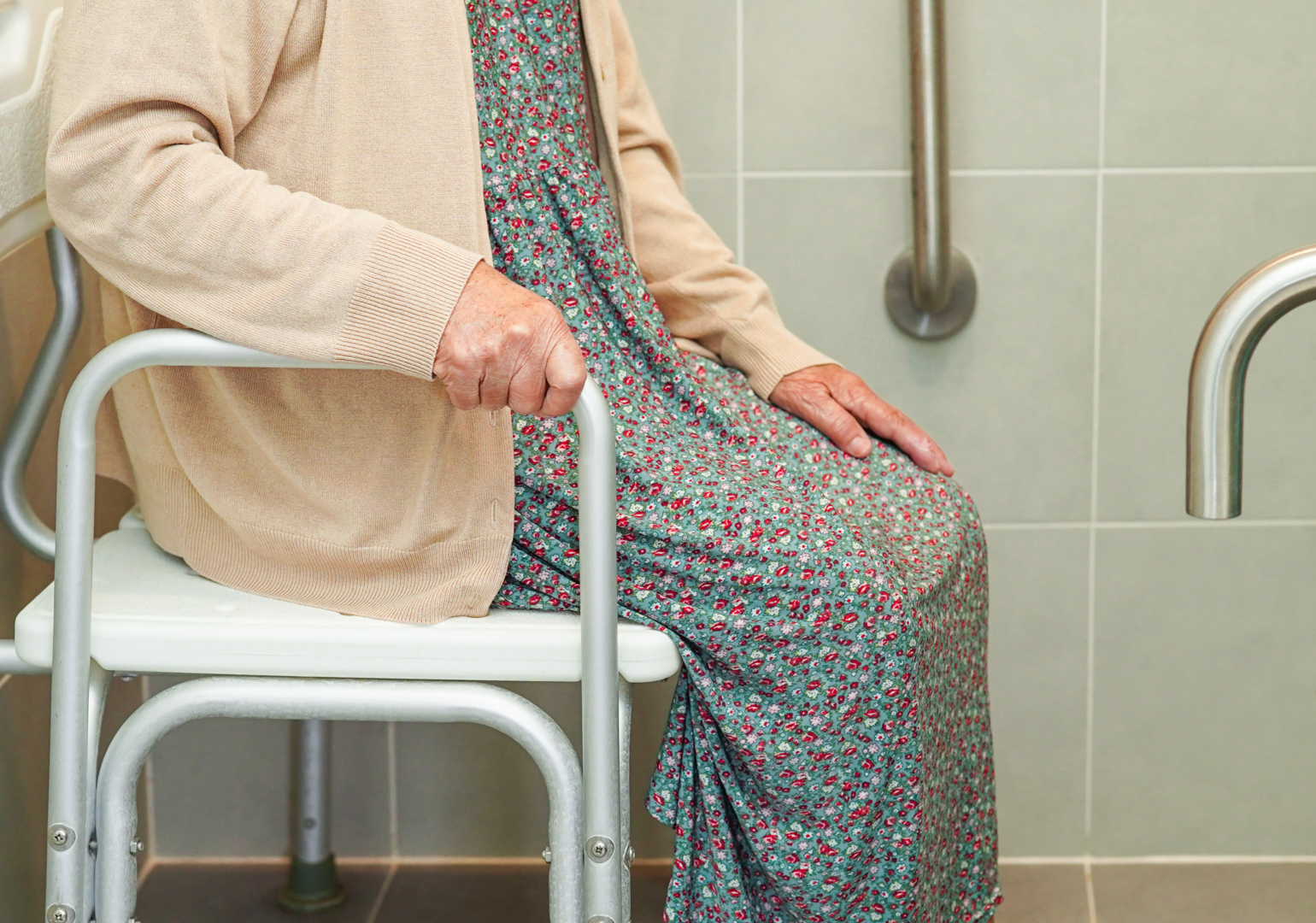Know Your Numbers: Monitoring Blood Pressure and Oxygen Levels at Home
Your health is one of your most valuable assets, and monitoring key health metrics like blood pressure and oxygen levels can play a critical role in maintaining it. These numbers provide insight into your cardiovascular and respiratory health, helping you catch potential issues early and take proactive steps to improve your well-being. Here’s what you need to know about these metrics and how home monitoring can save lives.
The Importance of Blood Pressure Monitoring
Blood pressure is the force of blood pushing against the walls of your arteries as your heart pumps. It’s expressed as two numbers: systolic (the pressure when your heart beats) and diastolic (the pressure when your heart rests). The ideal range for most adults is below 120/80 mmHg.
High blood pressure, or hypertension, is often called the “silent killer” because it typically has no symptoms but can lead to severe health problems like heart disease, stroke, and kidney damage. Regular monitoring at home can help you:
- Detect hypertension early.
- Track how lifestyle changes or medications affect your numbers.
- Provide your doctor with a clearer picture of your health.
When choosing a home blood pressure monitor, opt for a device that’s validated for accuracy and is easy to use. Follow your healthcare provider’s instructions for optimal results.
Understanding Oxygen Levels
Oxygen levels refer to the amount of oxygen circulating in your blood. This measurement is crucial for assessing how effectively your lungs and heart are working to deliver oxygen to your body. A healthy oxygen saturation level typically ranges between 95% and 100%.
A pulse oximeter is a simple, non-invasive device that measures your oxygen levels and pulse rate by clipping onto your finger. It’s particularly useful for individuals with conditions like chronic obstructive pulmonary disease (COPD) or heart failure, as it can alert them to dangerously low oxygen levels that may require medical attention.
How Home Monitoring Saves Lives
Home monitoring empowers you to take control of your health. By keeping tabs on your blood pressure and oxygen levels, you can:
- Spot Trends Early: Consistent readings outside the normal range may indicate underlying health issues. Early detection allows for timely intervention, which can prevent complications.
- Enhance Communication with Your Doctor: Regularly recorded data provides a detailed history for your healthcare provider, making it easier to adjust treatment plans.
- Manage Chronic Conditions: For those with heart disease, COPD, or other chronic illnesses, home monitoring ensures better day-to-day management and reduces emergency visits.
Tips for Accurate Readings
- For Blood Pressure: Sit quietly for five minutes before taking a reading. Ensure the cuff is snug but not too tight and positioned on a bare arm at heart level.
- For Oxygen Levels: Make sure your hands are warm and still during the reading. Avoid using the device in direct sunlight or with nail polish that can interfere with accuracy.
Take Charge of Your Health
Knowing your numbers isn’t just about data – it’s about peace of mind and proactive care. Home monitoring tools like blood pressure monitors and pulse oximeters are accessible, easy to use, and life-saving. Speak with your healthcare provider to determine the best devices for your needs and start making your health a daily priority.
Find reliable blood pressure monitors and pulse oximeters at Sun Medical Equipment today. We carry home medical equipment from the best brands and can help you find the right equipment to maintain your independence at home.



